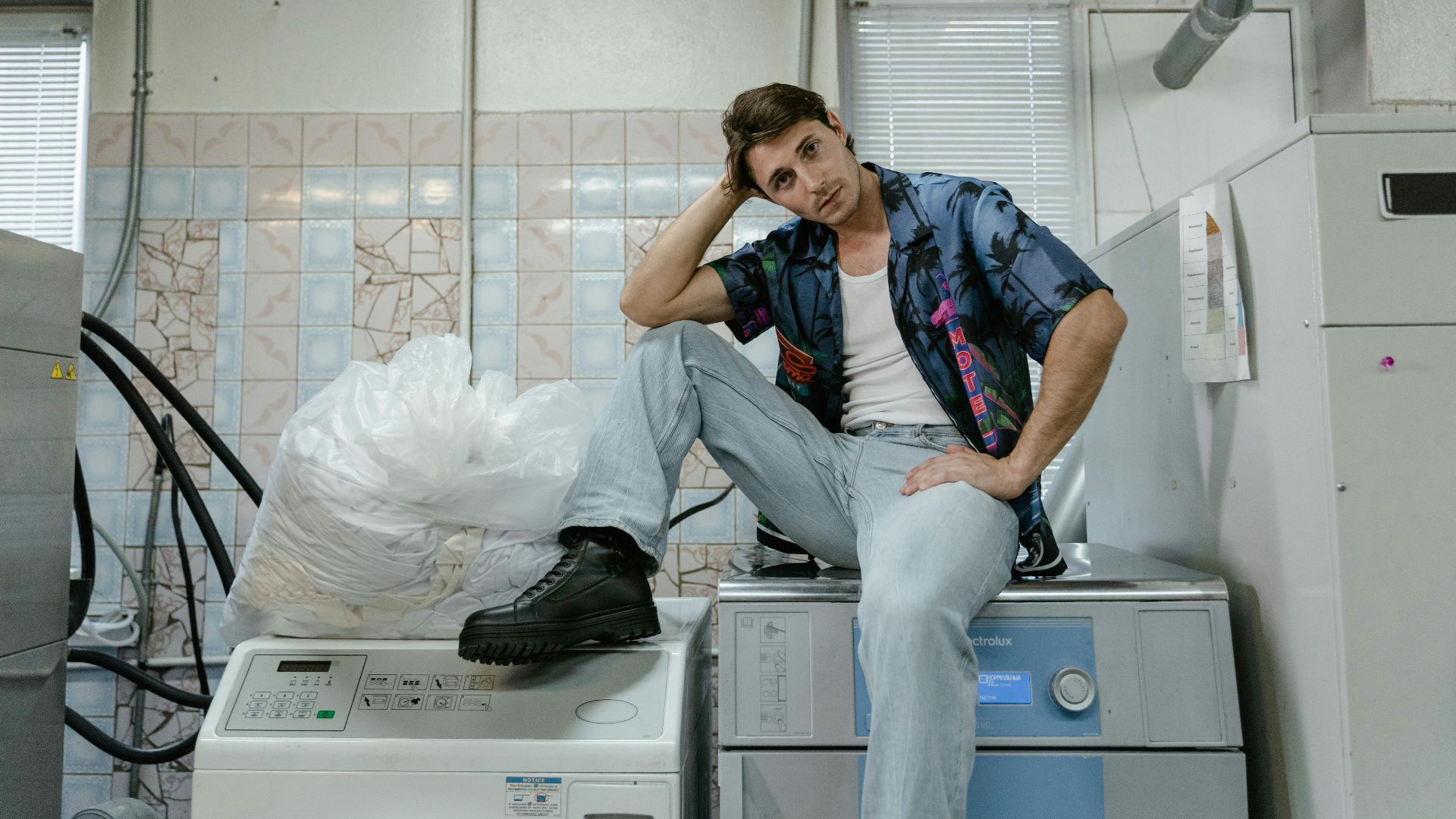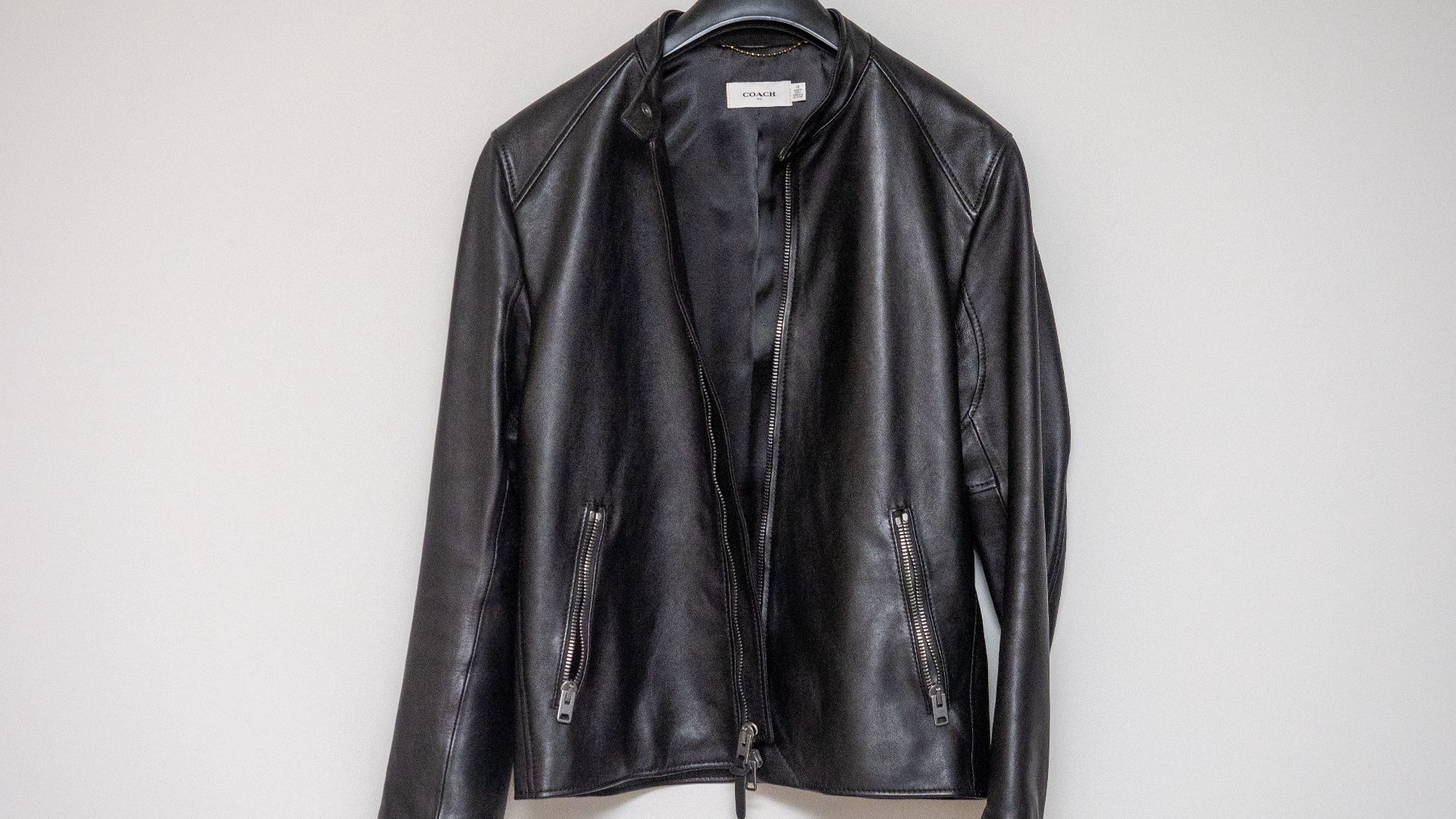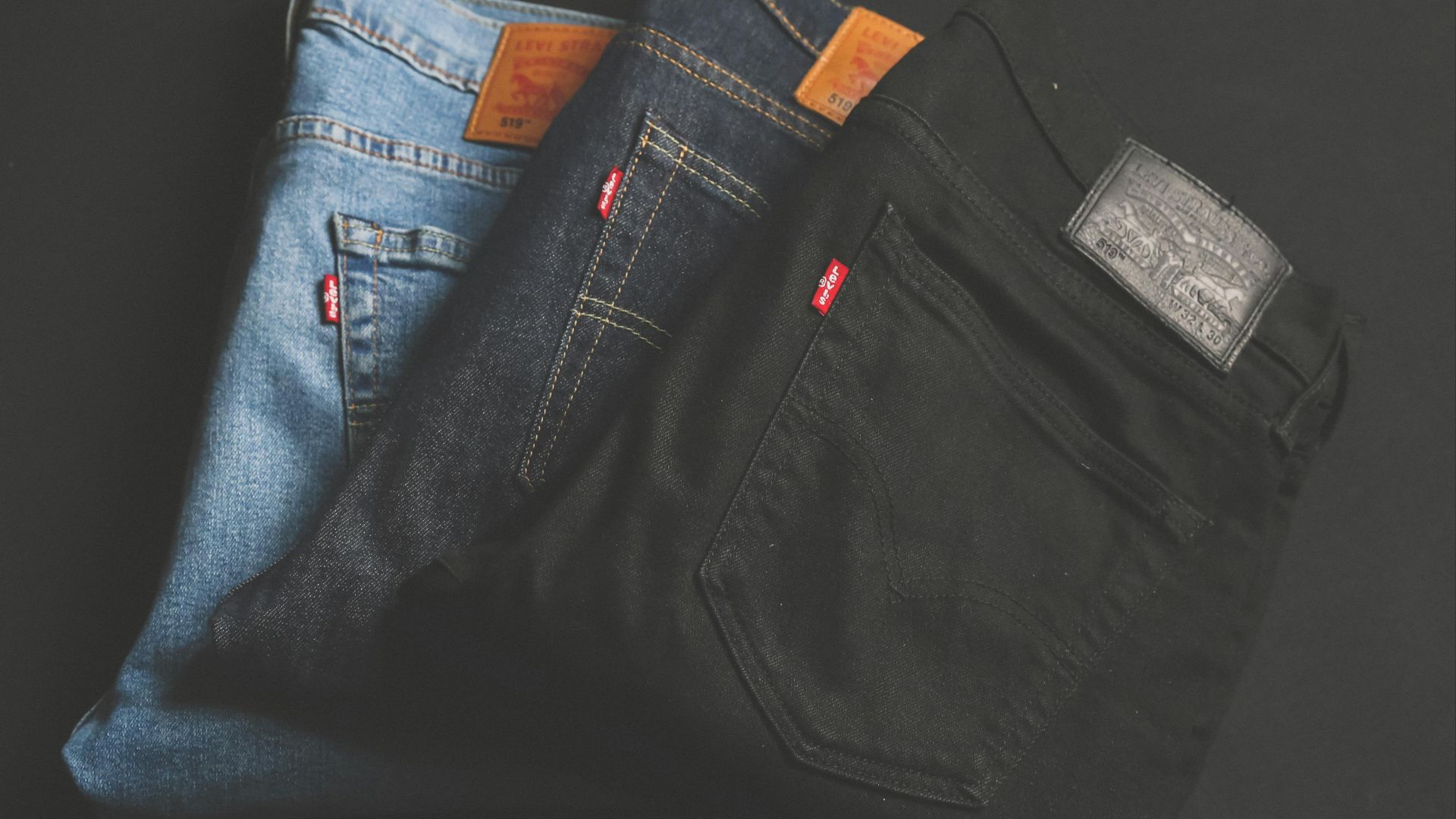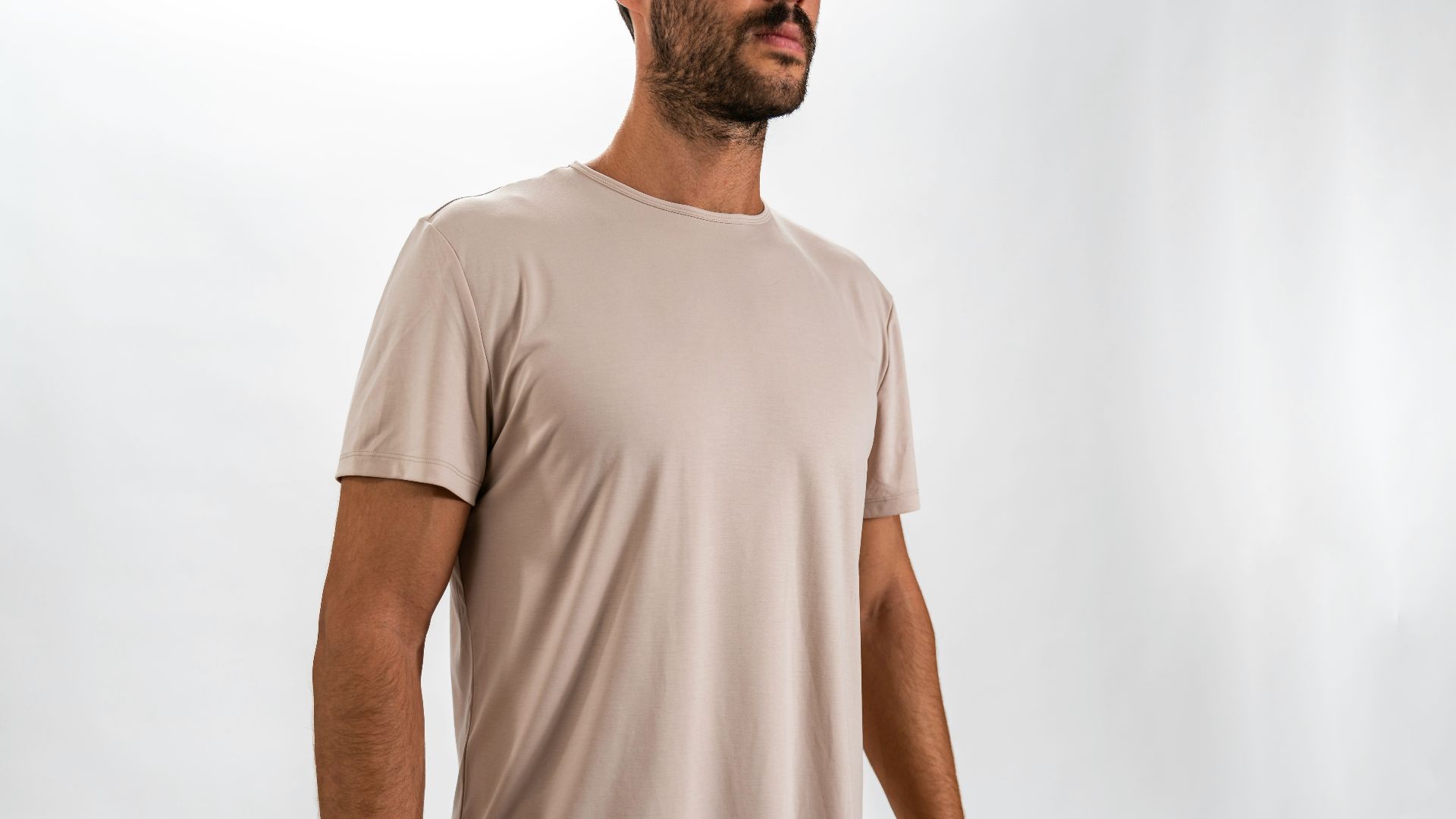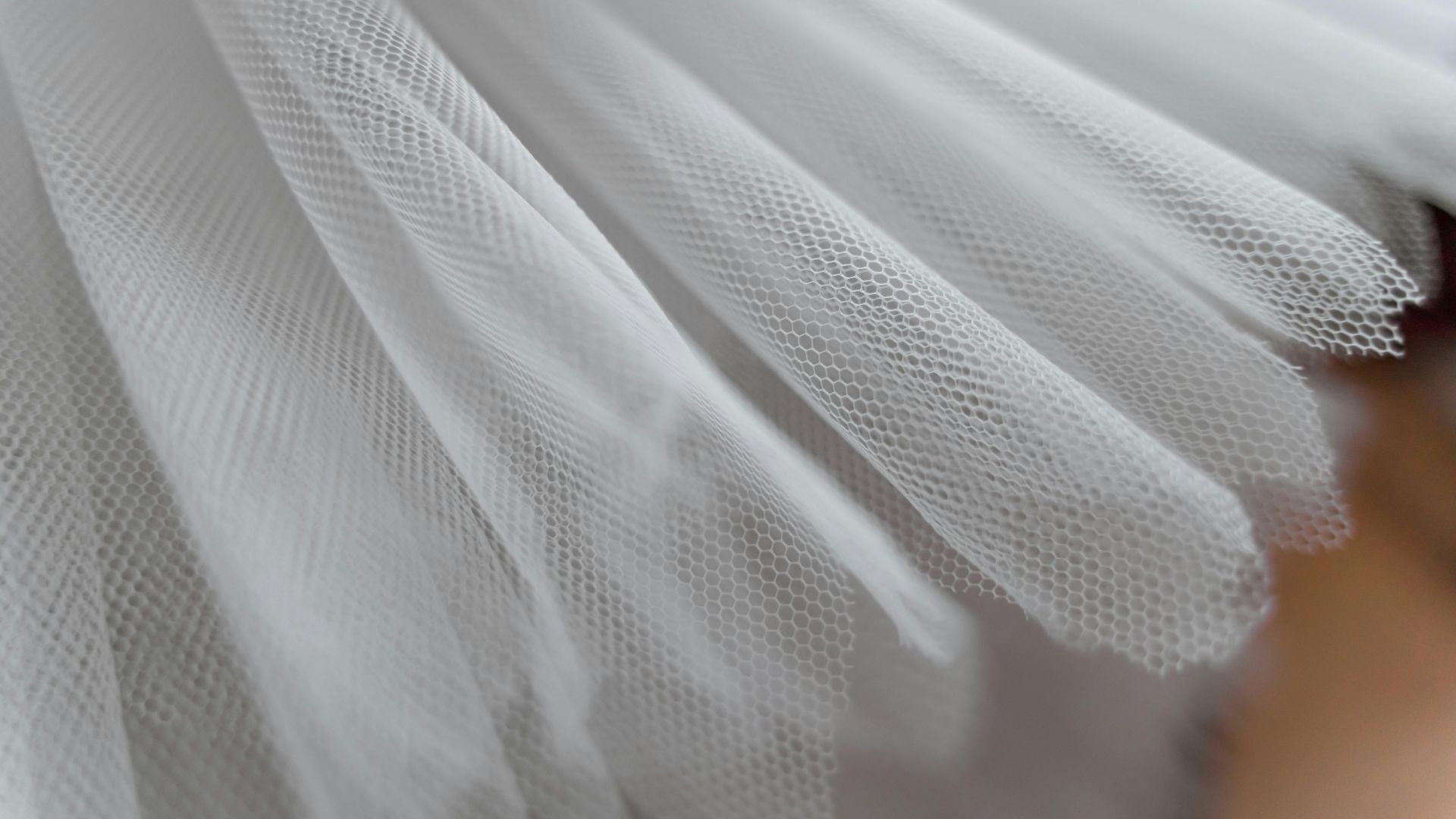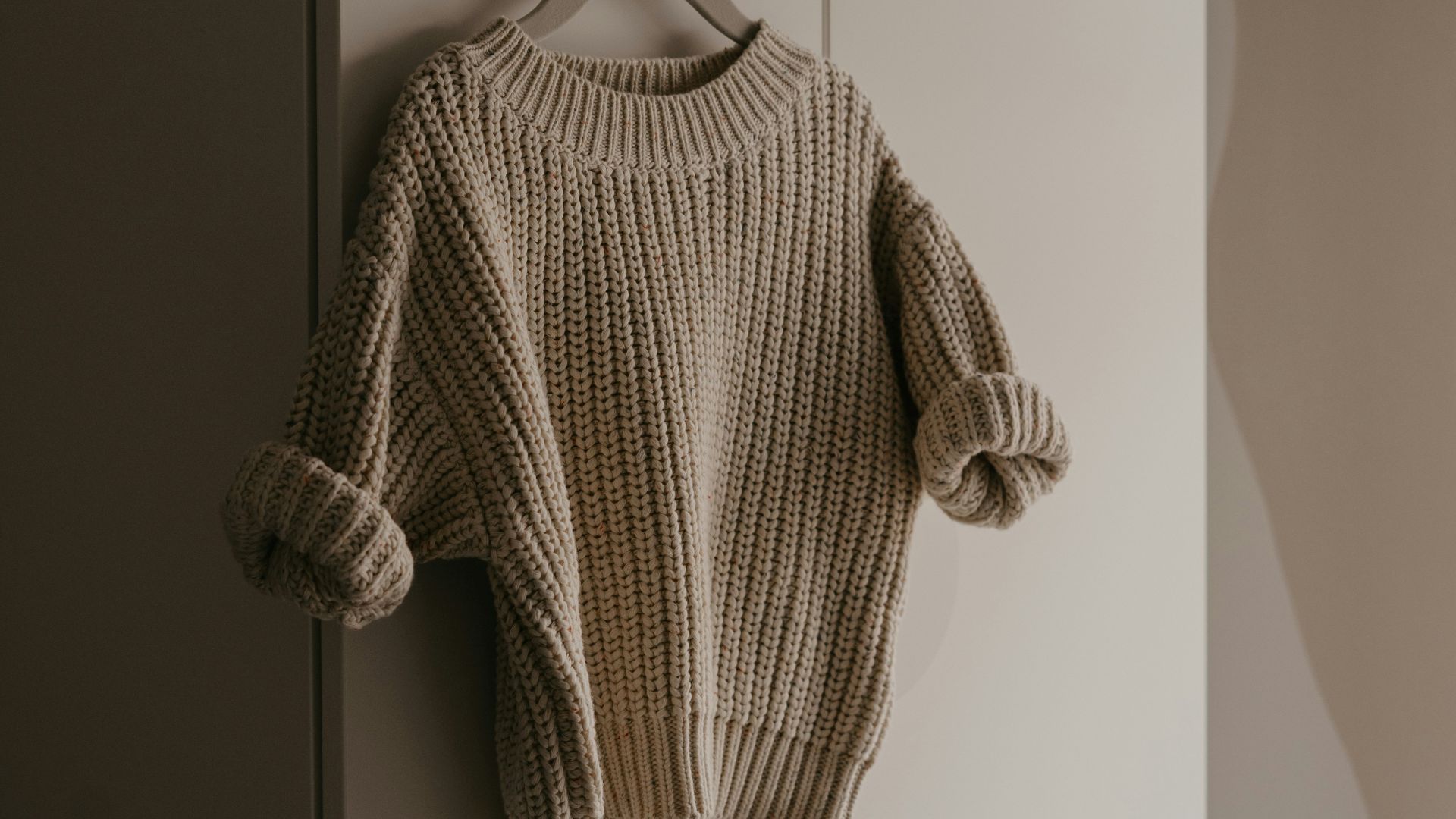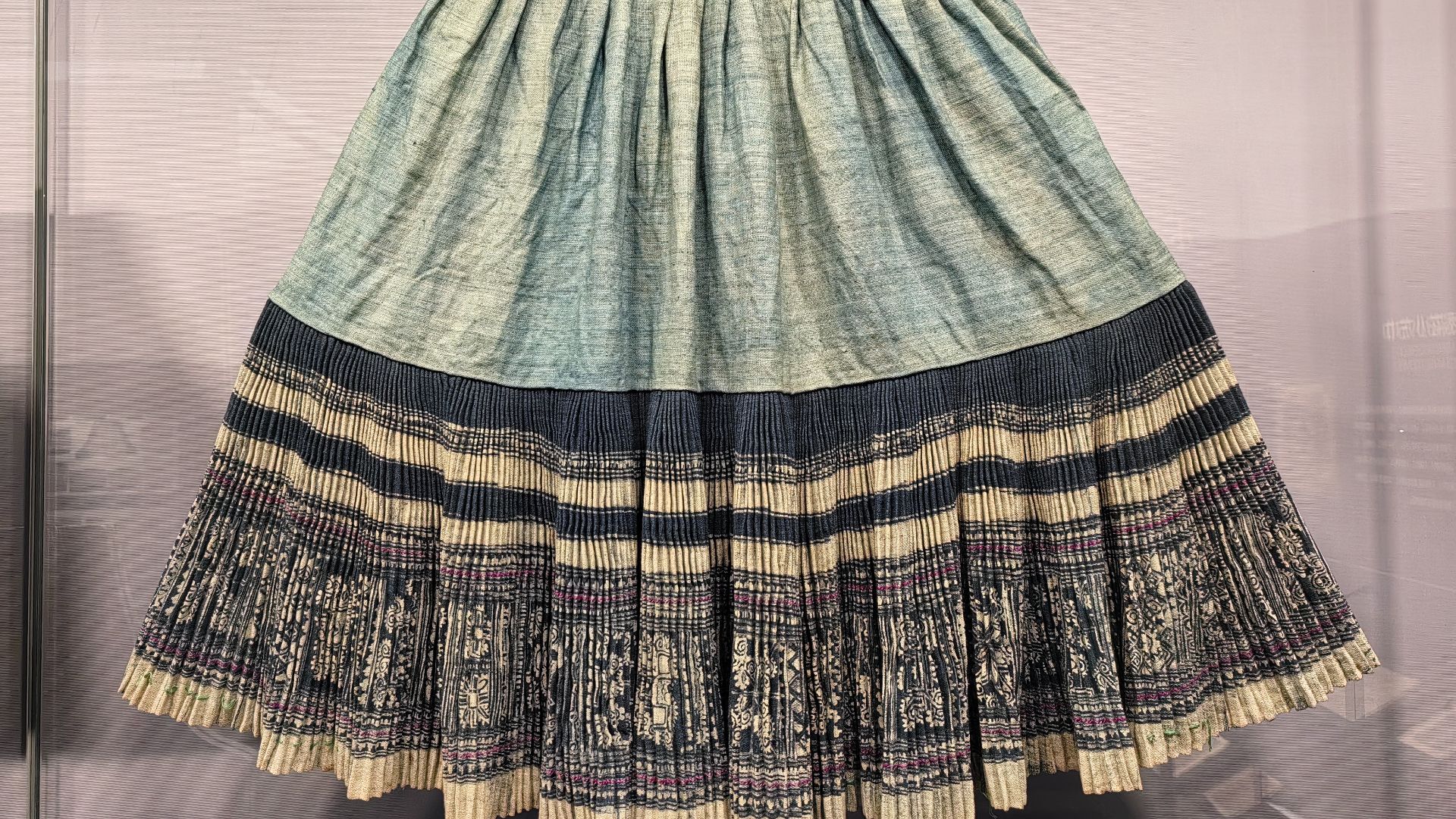Don't Wash Your Clothes Wrong
That label on the inside of your jacket might be trying to tell you something. So, always check it before washing. Not all fabrics and fits respond well to dry cleaning, but some stay in shape only after a no-water, chemical clean. If you don’t know which pieces require special attention, your clothes might suffer irreversible damage. Today, we’re here to help you sort that cleaning mess. Let’s first walk through 10 clothes that don’t belong in the dry cleaning bundle.
1. Leather Jackets
A smooth leather jacket might look tough, but it’s surprisingly sensitive. Dry cleaning chemicals strip away the natural oils that keep leather supple. Over time, heat and solvents can cause warping or even cracking. Leather prefers to breathe, so air drying works best.
2. Raincoats
Many raincoats have waterproof finishes like polyurethane or DWR, which break down when exposed to dry cleaning chemicals. Heat can also cause the outer layer to bubble or peel, ruining the coat’s ability to repel water. Once the coating wears off, it’s hard to restore.
3. Denim Jeans
The chemicals can shrink denim or fade its natural finish. Fans of raw denim even avoid washing altogether. Washing inside-out keeps color richer for longer, and spot-cleaning handles most everyday messes. So, skip the dry cleaner, and your denim will stick around longer and look better doing it.
4. Cotton T-Shirts
These closet staples don’t belong anywhere near a dry cleaner. Cotton t-shirts are designed for easy care, and dry cleaning does more harm than good. The solvents can leave behind a residue that dulls softness and may even shrink the fabric slightly.
5. Activewear & Yoga Pants
These performance fabrics are built for machine washing and don't respond well to solvents, which can break down the spandex and elastane. Many pieces also come with antimicrobial coatings that aren't dry-clean safe, either. Most tags spell it out: cold wash, no dry cleaning.
6. Sequined Or Beaded Dresses
All that sparkle can come crashing down fast at the cleaners. Many sequins and beads are glued rather than stitched, so solvents easily dissolve that adhesive. Some embellishments can even melt or warp in the heat. Spot cleaning and careful steaming offer safer options.
7. Swimsuits
Your swimsuit takes a hit every time it meets the sun, salt, or chlorine. No need to make it worse with cleaning chemicals. Lycra and nylon react poorly to harsh solvents, often ending up misshapen. So, the best move is to just rinse it right after swimming.
8. Down Jackets Or Vests
Dry cleaning flattens the feathers, resulting in less insulation and reduced comfort. Chemicals can also leave odors stuck inside the filling. A proper wash and a spin in the dryer with tennis balls works better. The balls bounce around to break up clumps and bring back that cozy puffiness.
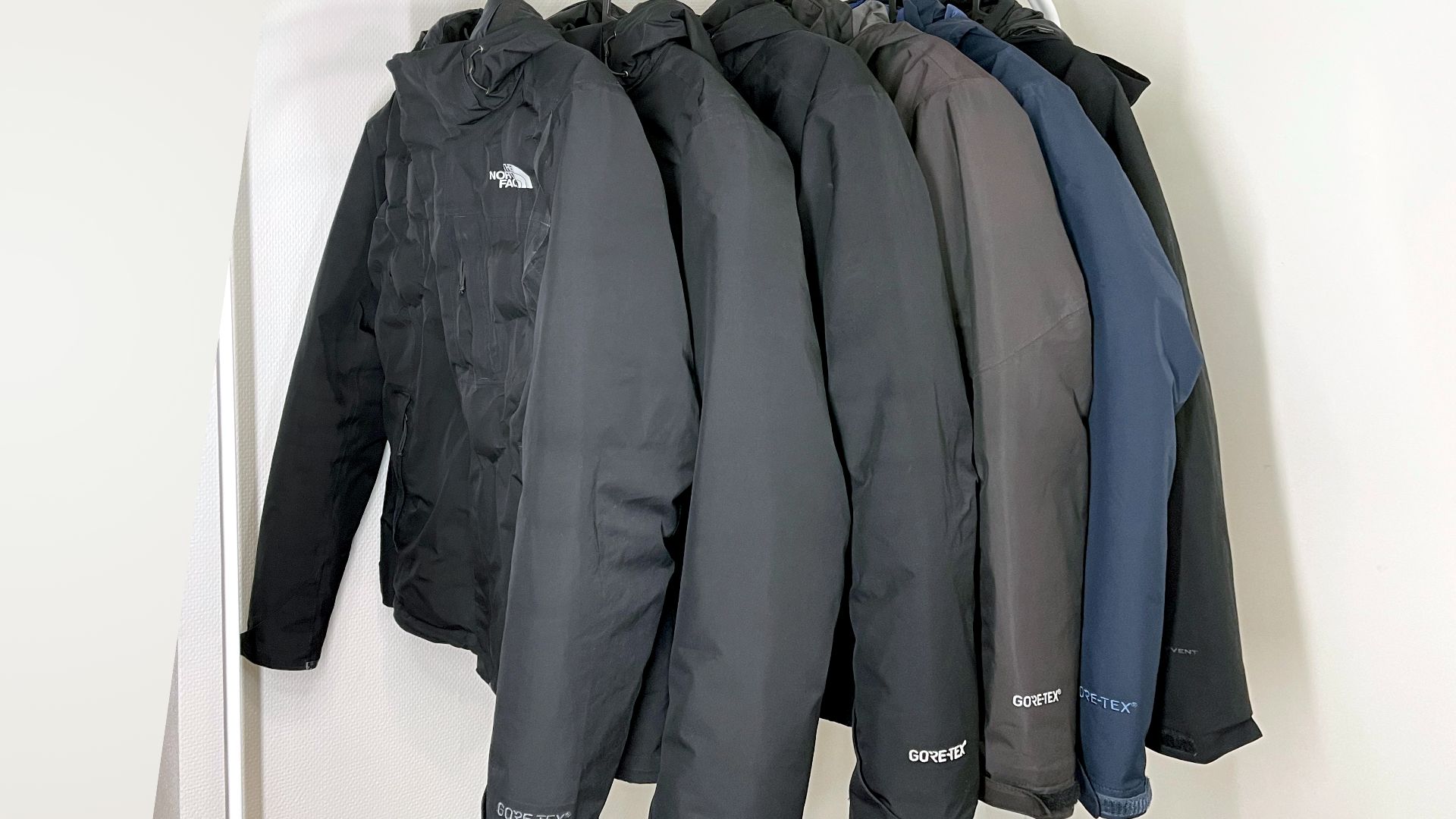 Adenosine Triphosphate on Wikimedia
Adenosine Triphosphate on Wikimedia
9. Cashmere Items
Cashmere is a luxurious, incredibly delicate fabric. Solvents in dry cleaning can roughen the surface and weaken its fibers. The best way to clean it? An age-old method used by herders: soak hand-combed cashmere in cool water with mild shampoo, gently press out the water without twisting, then lay it flat to dry—no heat or stretching.
 Nataliya Melnychuk on Unsplash
Nataliya Melnychuk on Unsplash
10. Tulle And Netting
Tulle and netting are ultra-light, mesh-like fabrics designed for shape and volume, not strength. Dry cleaning can flatten or stiffen them, and some melt under heat. A gentle cold-water soak and air drying is safest. Always avoid rubbing, wringing, or ironing to maintain these fabrics.
So, what about the clothes that actually require pro-level dry cleaning? Let's take a look at ten such items.
1. Silk Gowns
There’s not much room for error with silk gowns. Water can cause staining, and improper washing quickly strips away the luster. So, it’s no surprise that silk has been handled delicately for centuries. To protect the weave and keep the color looking sharp, they need professional dry cleaning.
 Making A Custom Silk Gown/ VLOG by Tracy Garcia
Making A Custom Silk Gown/ VLOG by Tracy Garcia
2. Woolen Sweaters
Some garments don’t bounce back from a machine wash, and woolen sweaters top that list. Rough handling can easily shrink or twist the structure. On the other hand, dry cleaning helps preserve everything, from finish to silhouette. Experts suggest doing it sparingly, just enough to refresh.
3. Velvet Items
Velvet isn’t made for casual laundry day. Its texture often collapses due to water and twisting, flattening the pile. Once those crushed patches appear, they’re nearly impossible to reverse. So, your velvets need special cleaning and gentle handling that avoids pressure and folding.
4. Pleated Skirts
The beauty of pleats is all in their precision. Once they’re washed away, good luck getting them back. Many pleats are heat-set or permanently stitched to maintain structure, and water disrupts that fold memory. Dry cleaning, on the other hand, preserves the pleats without ruining the design.
5. Beaded Eveningwear
All that glam needs a gentle hand. Water weakens the fabric, and once the glue softens, those beads and sequins won’t stay put. That means sparkle starts falling off fast. That’s why dry cleaners use safer techniques that help keep the shape, the shine, and every last detail.
6. Brocade Jackets
Brocade isn’t just fabric—it’s a woven artwork. Those raised patterns come from multiple threads layered in complex weaves, often including silk or metallics—materials that react poorly to moisture and friction. So, for brocade jackets, dry cleaning is the safer bet every time.
 Making The Brocade Verdigris Jacket // Golden Cicadas by TheClosetHistorian
Making The Brocade Verdigris Jacket // Golden Cicadas by TheClosetHistorian
7. Tuxedos
Tuxedos are not for everyday wear, so they shouldn’t be treated like them. Water can distort the shape and take the edge off the clean finish. These suits rely on precise structure. Since they’re made for special occasions, it’s all the more reason to keep them flawless with professional care.
8. Formal Gowns With Lining
Underneath those flowing layers are linings made from materials like acetate, rayon, or polyester blends, many of which react poorly to water. These fabrics may shrink or wrinkle at a different rate than the outer layer. That’s why tailors urge specialized care, so the lining doesn’t compromise the fit or flow you paid for.
9. Sarees With Zari Work
Sarees often feature delicate metallic thread embroidery, known as zari, which is highly sensitive to water and friction. Washing at home can tarnish the golden or silver threads and weaken the surrounding fabric. Dry cleaning is the best method to preserve the richness of such artistic detailing.
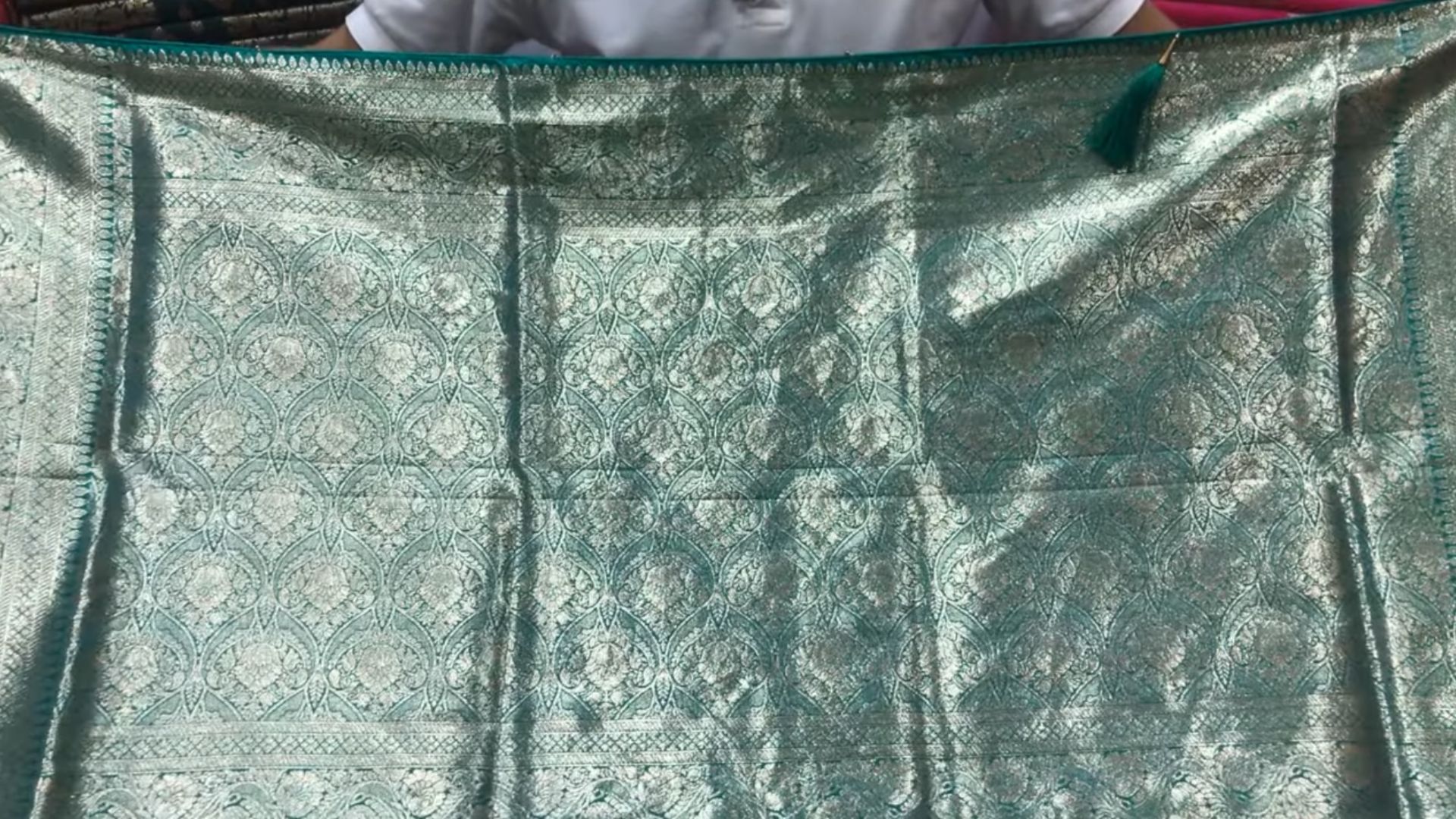 Rich banarasi silk saree / zari work / Heer Fashion by Heer Fashion
Rich banarasi silk saree / zari work / Heer Fashion by Heer Fashion
10. Coats With Fur Trim
These coats bring together two very different materials, neither of which should see a washing machine. Fur loses its look quickly with water exposure. Meanwhile, the structured body of the coat needs special handling to avoid sagging or stiffness. Dry cleaning addresses both gently.


